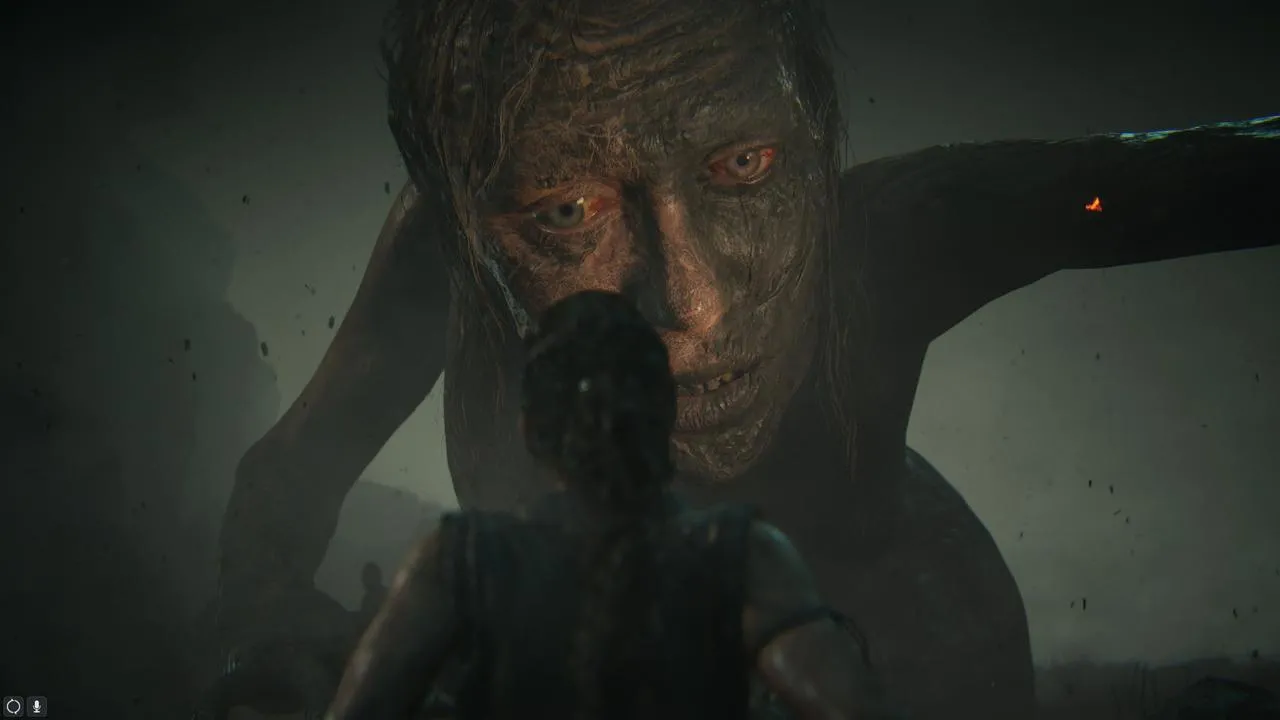
Senua’s Saga: Hellblade 2 Review: A Visual Masterpiece with Narrative Shortcomings
The 2017 release of Hellblade: Senua’s Sacrifice marked a turning point for Ninja Theory. Their bold choice to tackle mental health themes and prioritize narrative-driven gameplay resonated deeply, resulting in critical acclaim and numerous awards. Now, seven years later, Senua’s Saga: Hellblade 2 arrives with even greater ambition, leveraging the power of Unreal Engine 5. Does this sequel live up to the high expectations set by its predecessor?
 Senua stands on a cliff overlooking a stormy ocean.
Senua stands on a cliff overlooking a stormy ocean.
A Breathtaking Visual Feast
Even after seven years, Hellblade: Senua’s Sacrifice holds up remarkably well visually and aurally. Senua’s Saga: Hellblade 2 builds upon this foundation, elevating both aspects to new heights. “Breathtaking” hardly does justice to the sheer visual splendor on display. Every frame is a work of art, from the subtle play of light and shadow to the intricate details on character models. Iceland’s diverse environments, from storm-lashed coastlines to ritualistic firelight scenes, are rendered with stunning realism.
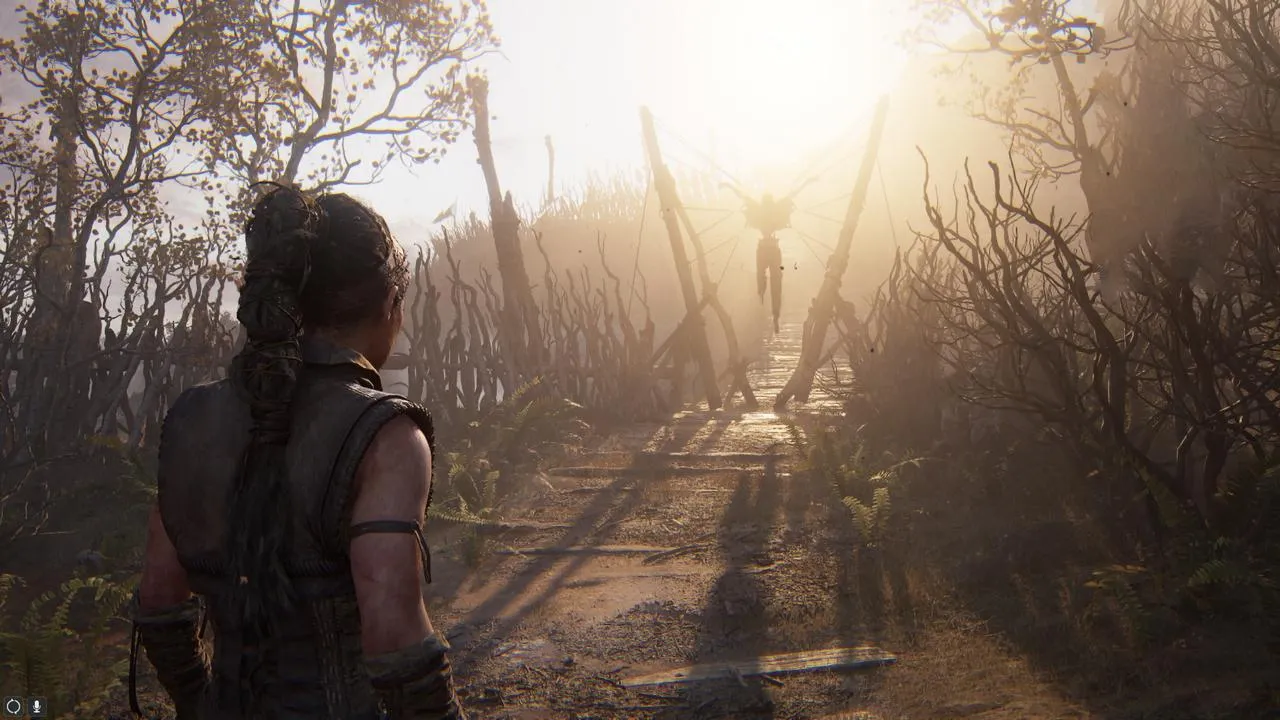 Senua walks through a detailed Icelandic environment.
Senua walks through a detailed Icelandic environment.
Ninja Theory’s mastery of Unreal Engine 5 is evident in the incredibly detailed character models and environments. Close-ups reveal every wrinkle, every strand of hair, even beads of sweat and rain trickling down Senua’s face. The Icelandic landscapes are vast and awe-inspiring, hinting at the dangers that lie ahead. The game’s deliberate pacing and linear level design enhance the environmental storytelling, effectively conveying a sense of dread and foreboding.
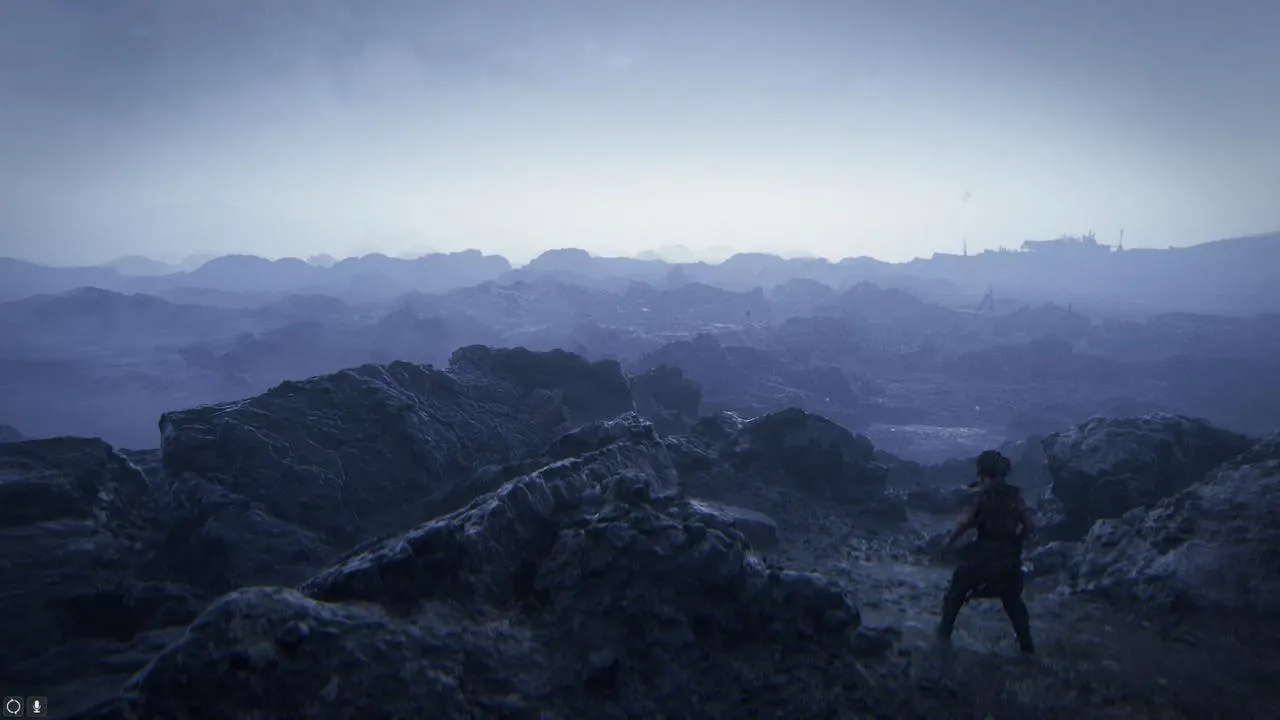 Senua in a dark and atmospheric cave.
Senua in a dark and atmospheric cave.
A robust photo mode allows players to capture the game’s beauty with a suite of tools including free camera movement, visual effects, lens options, character posing, and lighting adjustments. It’s easy to spend hours experimenting with the photo mode, crafting stunning desktop wallpapers or even retelling Senua’s journey through screenshots.
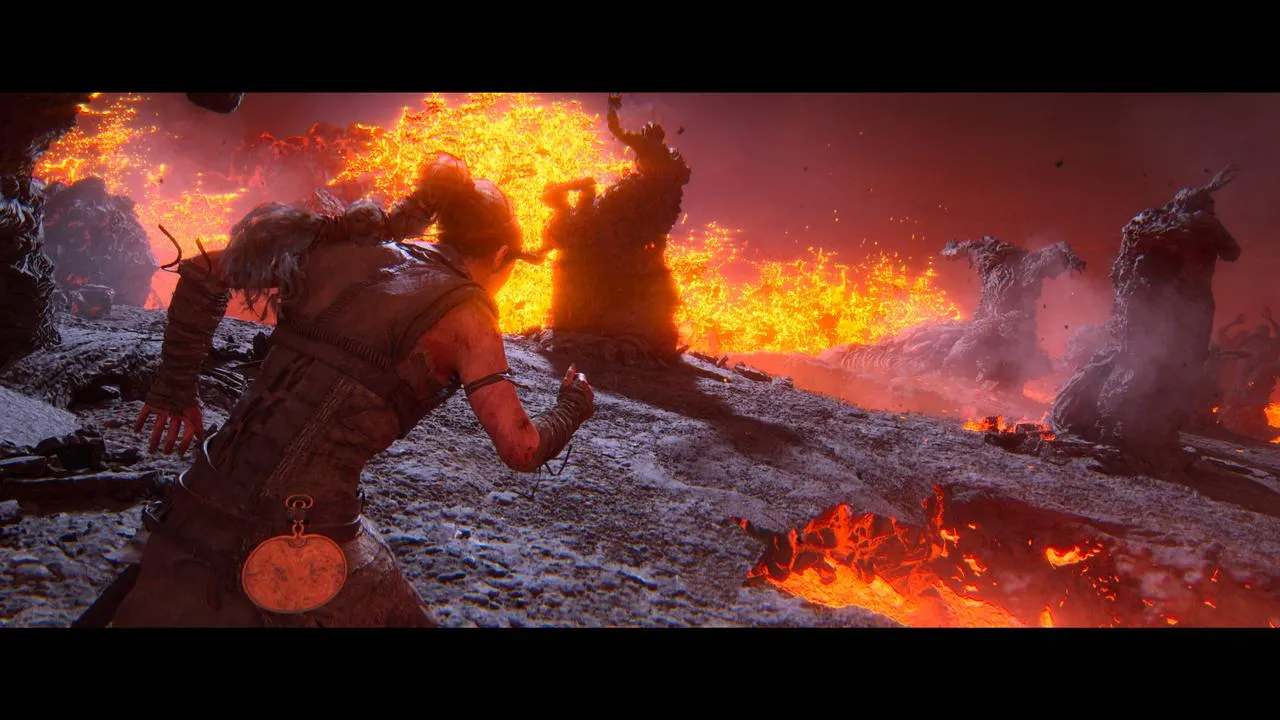 Senua stands in a snowy Icelandic landscape.
Senua stands in a snowy Icelandic landscape.
Remarkably, this visual fidelity comes at a surprisingly low performance cost. The game runs smoothly even on mid-range hardware, a testament to Ninja Theory’s optimization efforts. The audio design is equally impressive, with a haunting Nordic-inspired score that perfectly complements the visuals. Wearing high-quality headphones is highly recommended to fully appreciate the immersive soundscape and Senua’s inner turmoil.
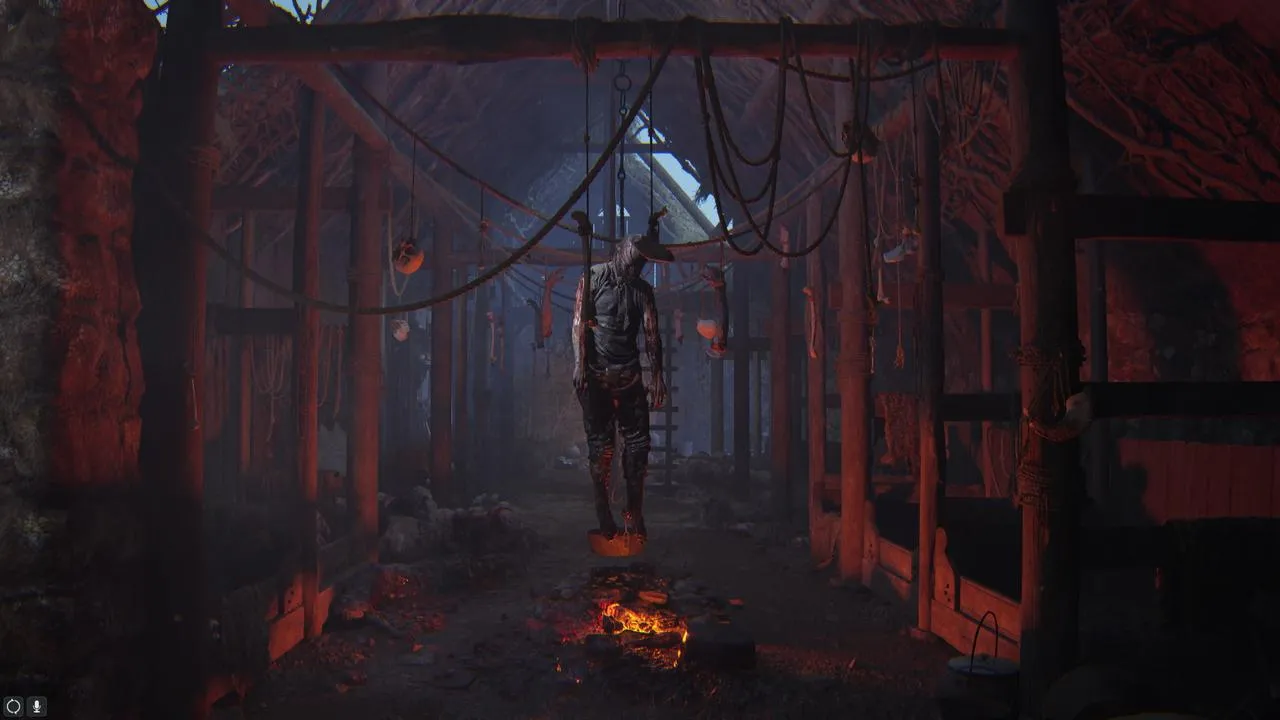 Senua observes a distant figure.
Senua observes a distant figure.
Cinematic Storytelling and Performances
Senua’s Saga: Hellblade 2 leans heavily into cinematic storytelling, with a fixed 21:9 aspect ratio further emphasizing its filmic qualities. While initially jarring on a 16:9 monitor, the wider aspect ratio ultimately enhances the immersive experience. The game flows seamlessly from cutscene to gameplay, striking a good balance between narrative and interactive segments.
 Senua in a firelit scene.
Senua in a firelit scene.
Melina Juergens delivers another outstanding performance as Senua, conveying her character’s vulnerability and inner struggles with remarkable nuance. The supporting cast also shines, bringing a new level of realism to the game’s cinematic presentation. Action sequences, particularly the hunt of a giant, are breathtakingly choreographed and paced, enhanced by the game’s exceptional sound design.
 Senua with a drawn sword in a dimly lit environment.
Senua with a drawn sword in a dimly lit environment.
A Narrative Stumble
Despite its technical and artistic achievements, Senua’s Saga: Hellblade 2 falters in its narrative. Clocking in at around seven hours, the game feels surprisingly short, especially considering the seven-year development cycle. The minimalist gameplay of the original is further streamlined here, with fewer combat encounters and simpler puzzles. While the cinematic presentation is impressive, the lack of challenging gameplay may leave some players wanting more.
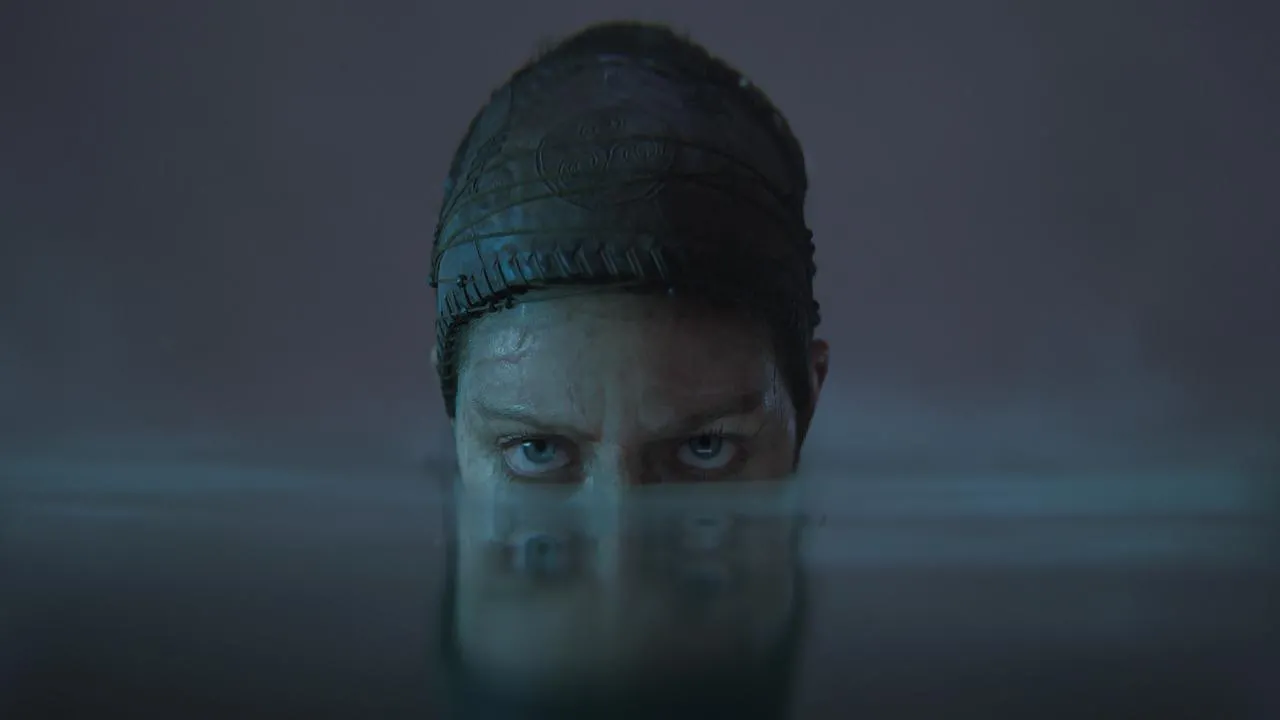 Senua looking upwards in a dramatic pose.
Senua looking upwards in a dramatic pose.
The expanded narrative, encompassing not only Senua’s internal struggles but also the plight of her people and their clash with a new culture, feels rushed and underdeveloped within the game’s short runtime. The pacing is uneven, with some plot points feeling overly simplistic while others meander. Ninja Theory attempts to juggle multiple perspectives, including those of NPCs representing a more grounded reality, but this ultimately muddies the narrative and diminishes the impact of Senua’s perspective.
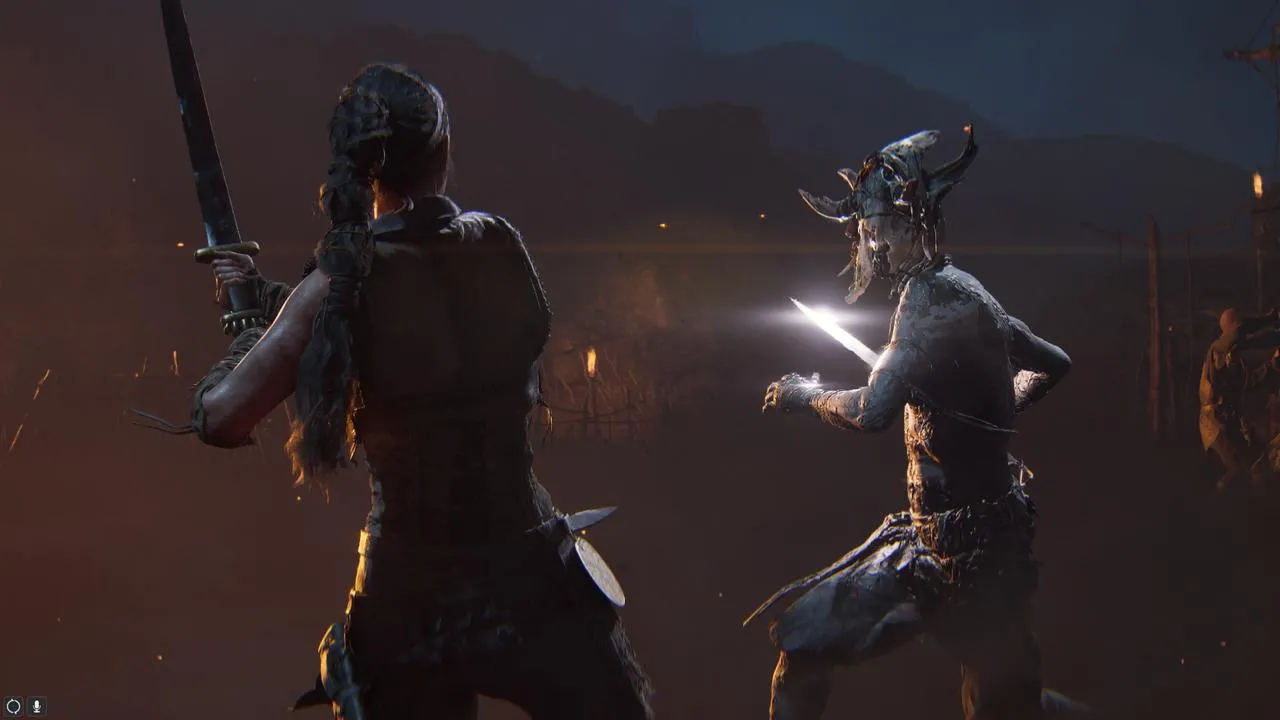 Senua in action, wielding her sword.
Senua in action, wielding her sword.
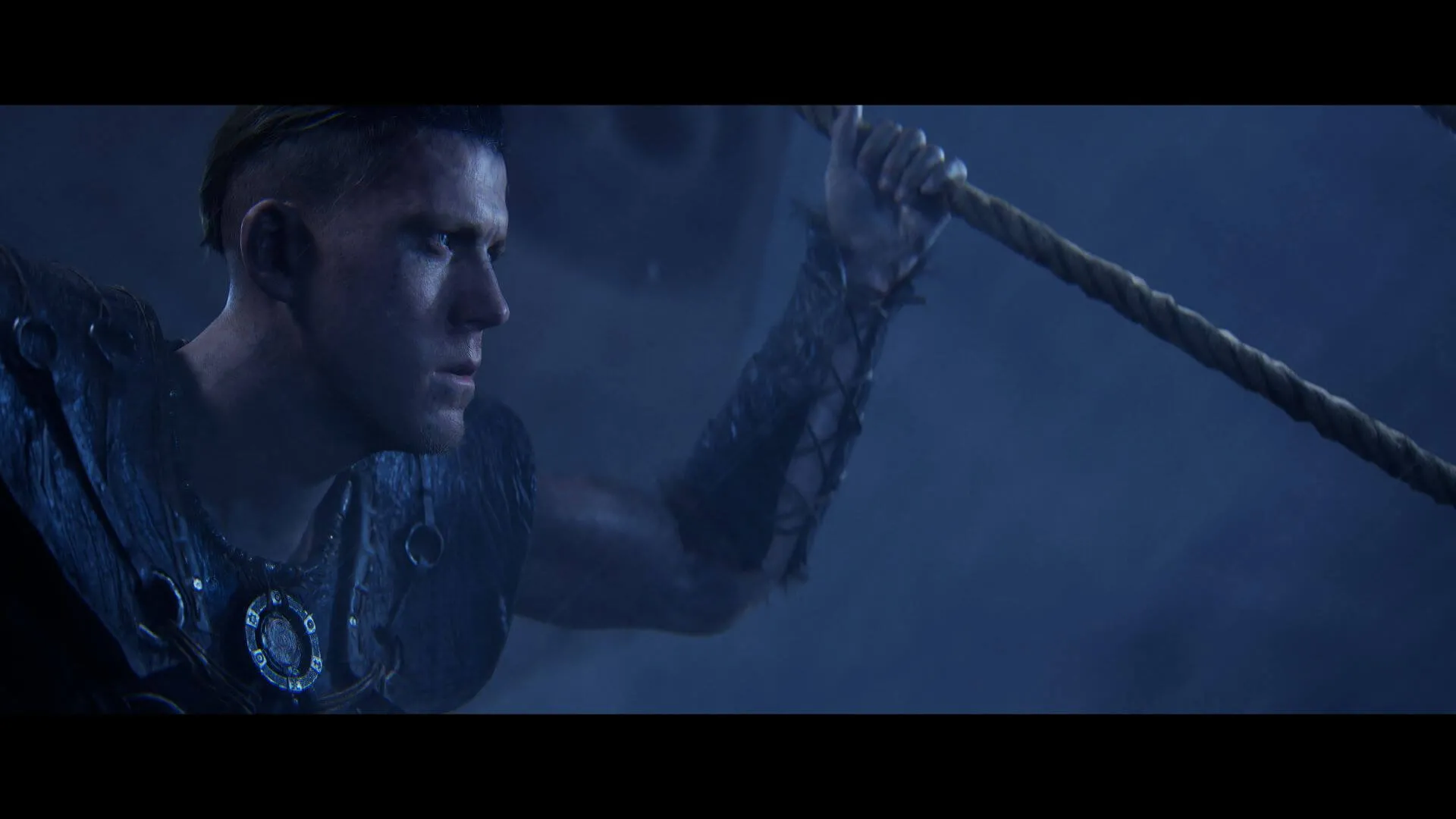 Senua facing a large, imposing figure
Senua facing a large, imposing figure
 Senua in a distressed state
Senua in a distressed state
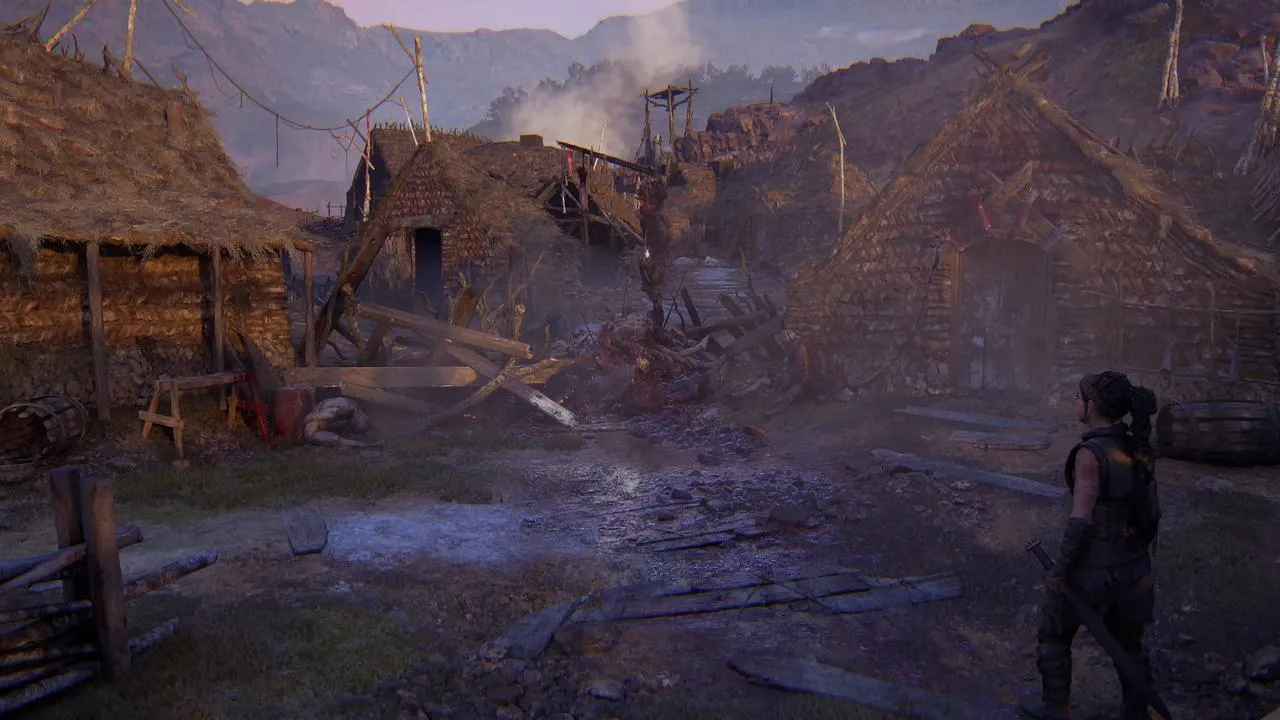 Senua running through a dark environment
Senua running through a dark environment
In conclusion, Senua’s Saga: Hellblade 2 is a visual and auditory masterpiece, pushing the boundaries of what’s possible in video game graphics and sound design. However, its short length and underdeveloped narrative prevent it from fully realizing its potential. While it’s a stunning experience, it ultimately feels like a missed opportunity to delve deeper into Senua’s world and explore the complexities of her mental illness.
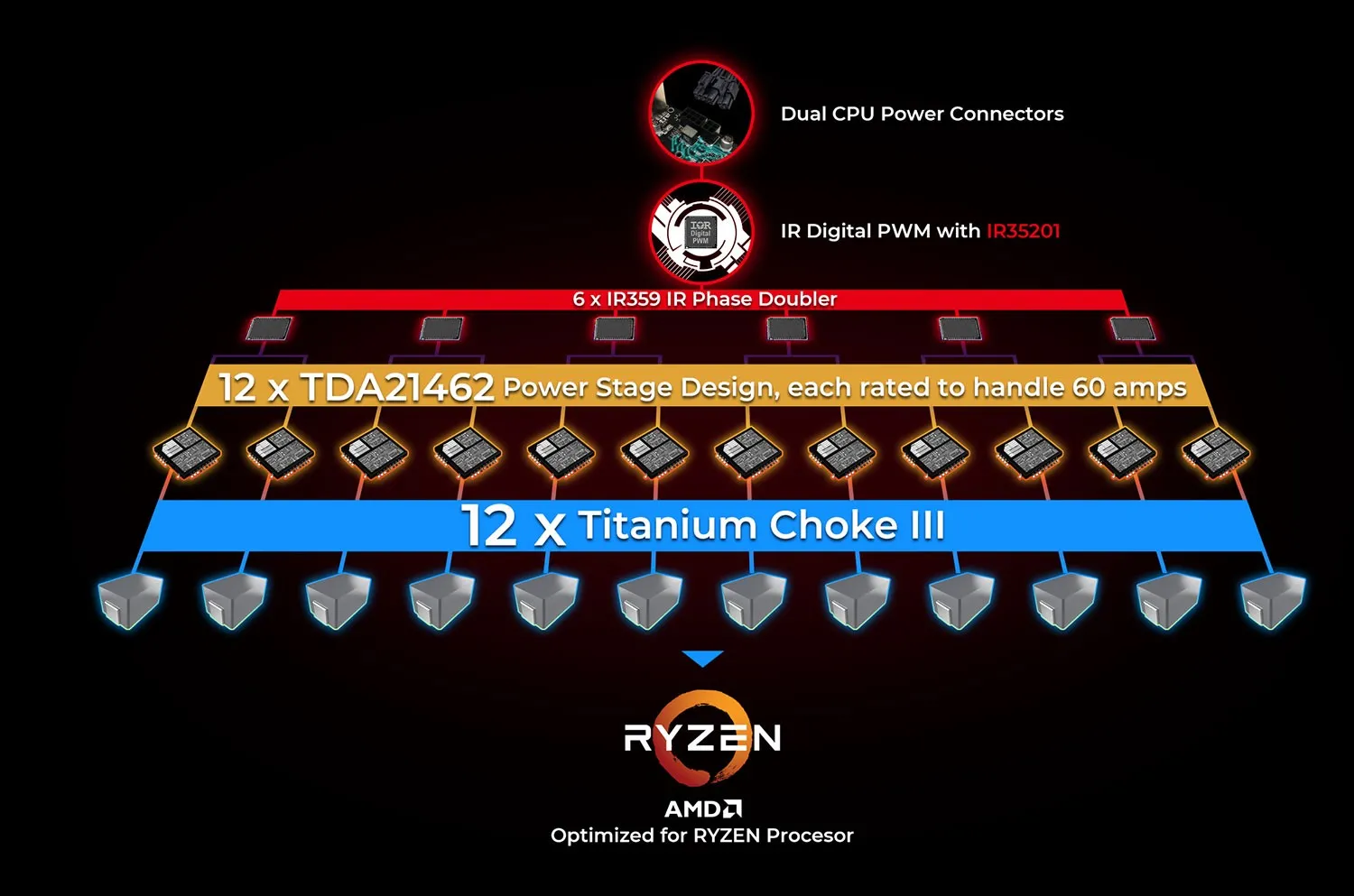
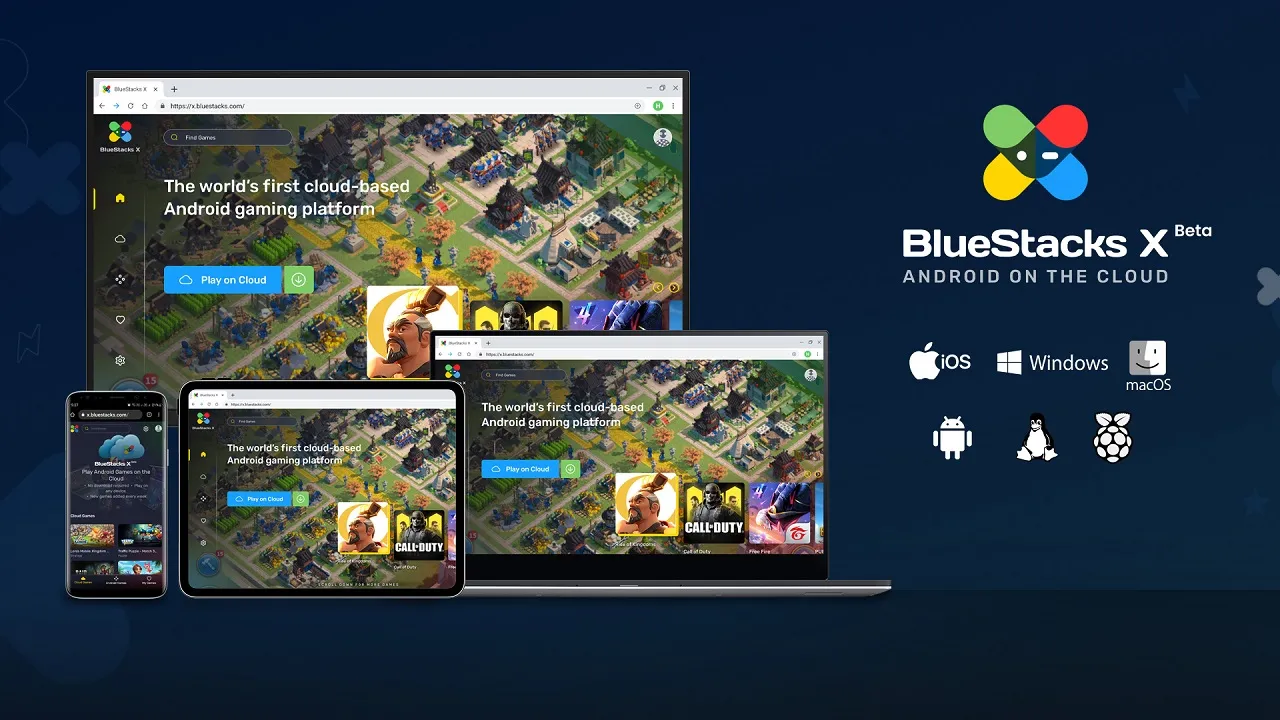
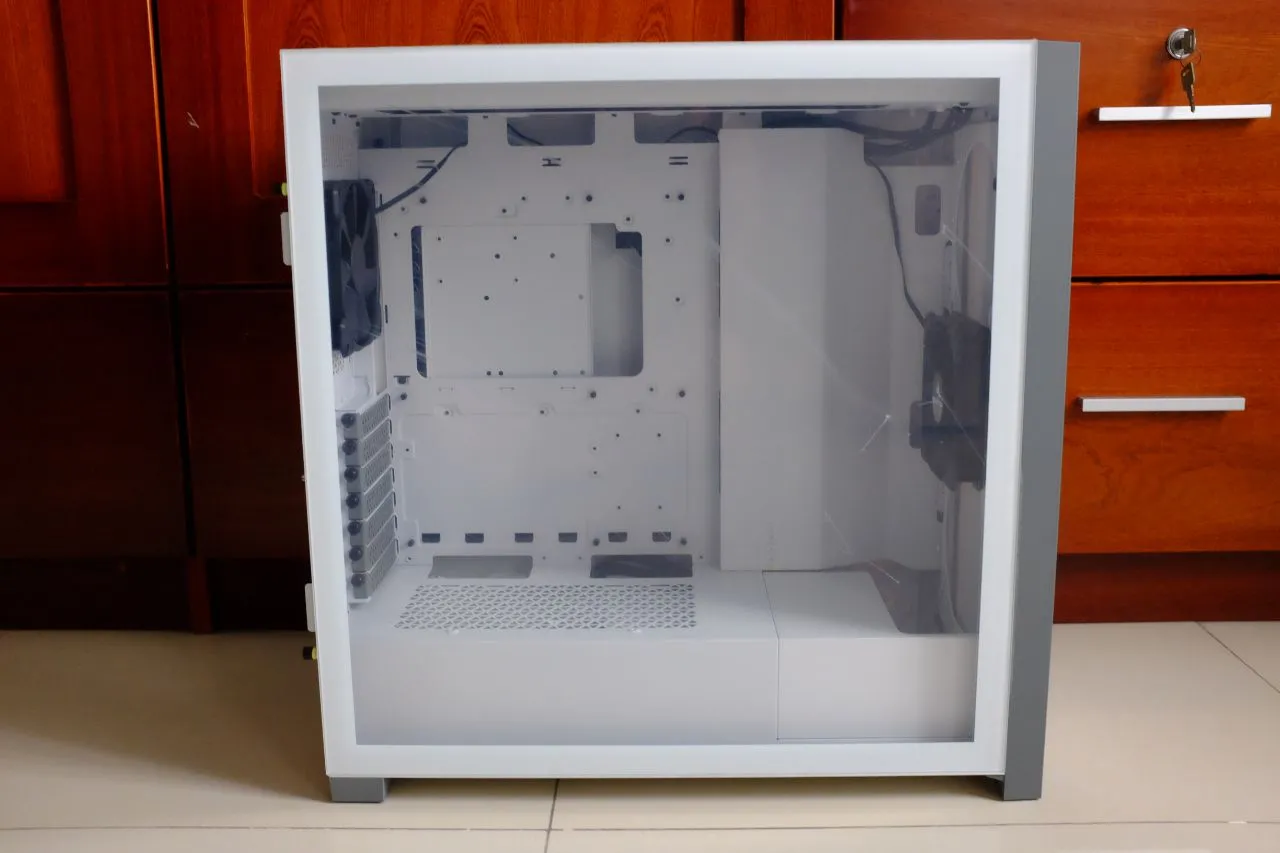
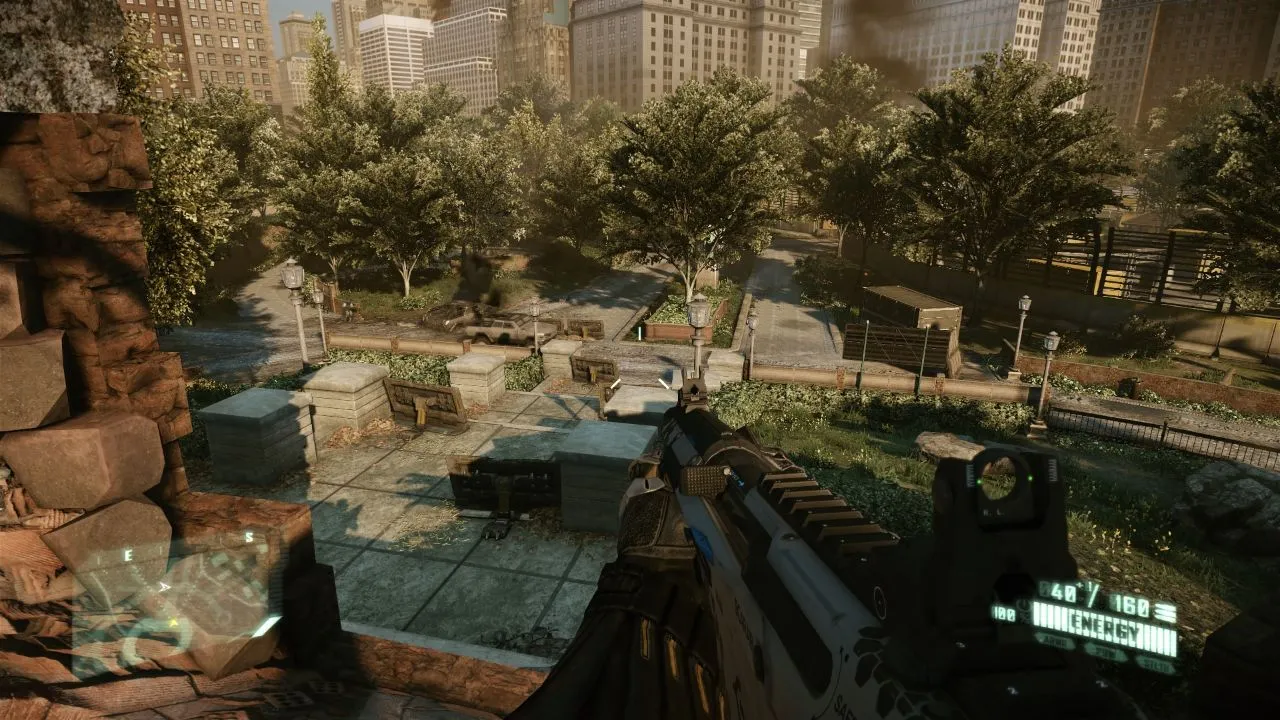
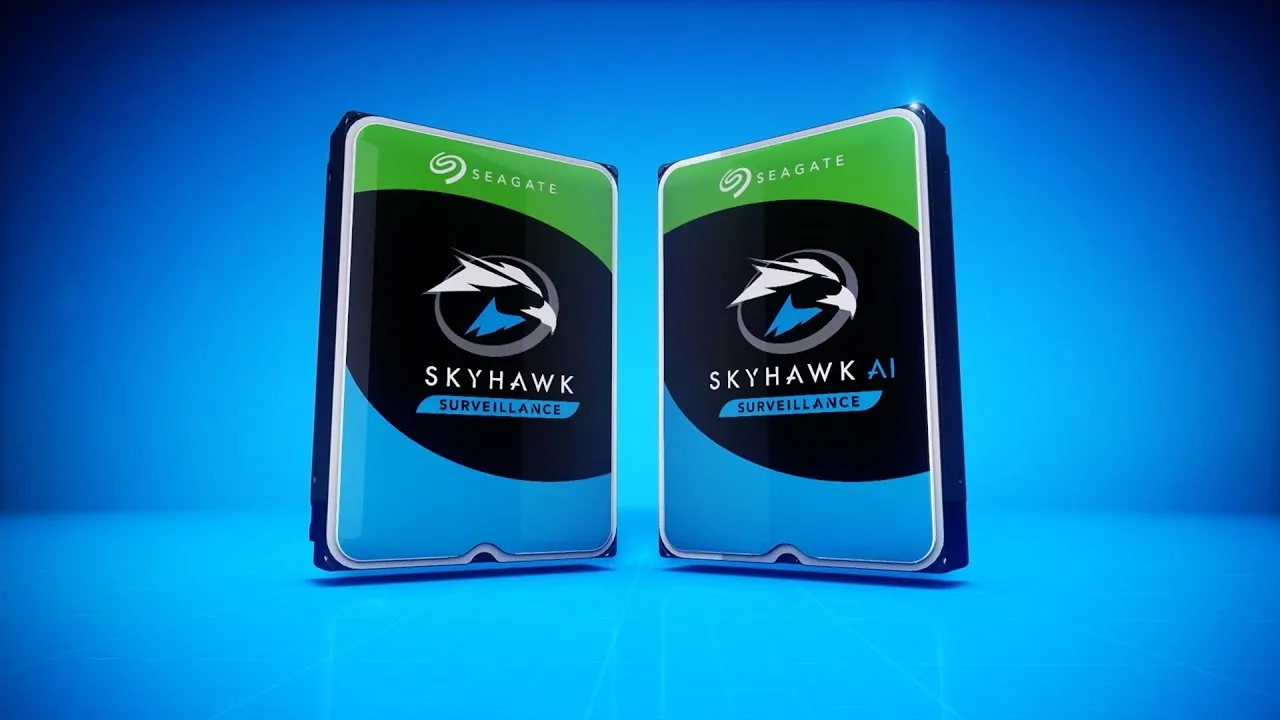
Comments (0)